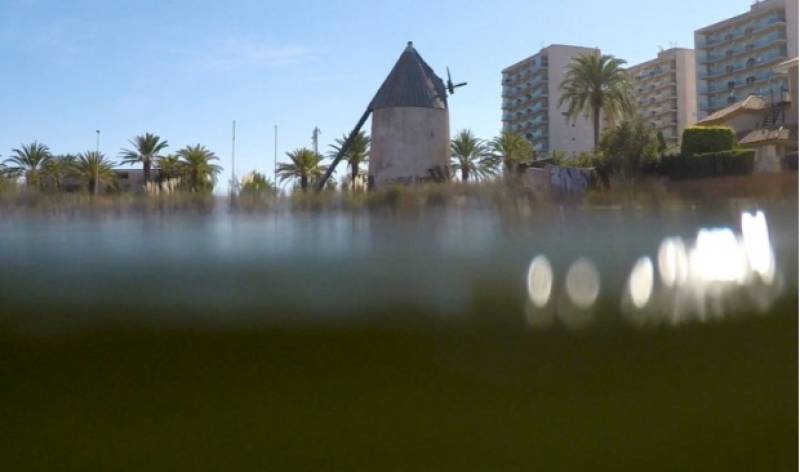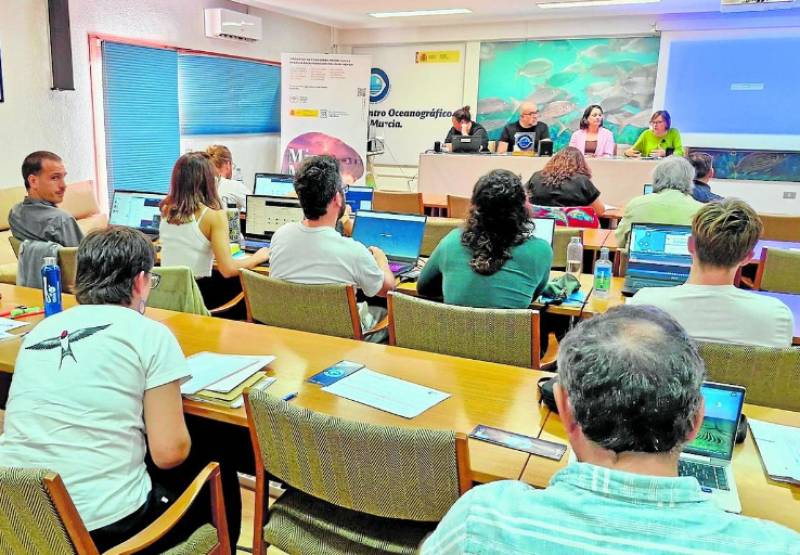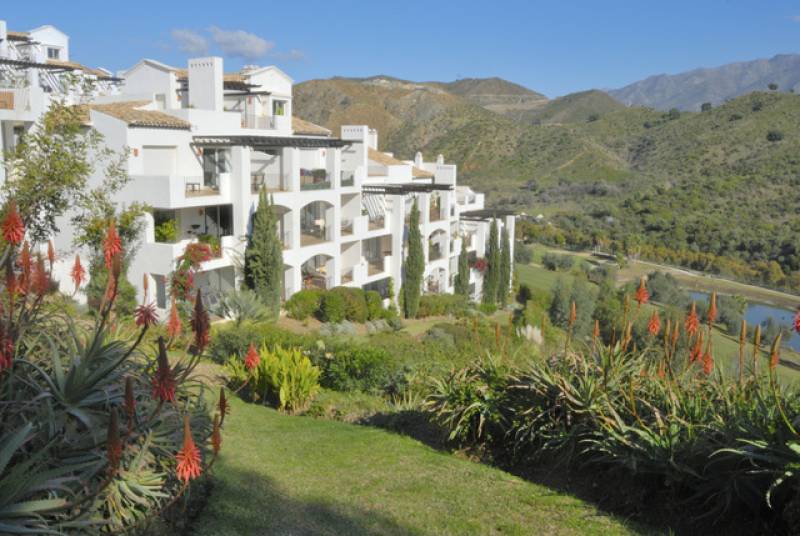

Guidelines for submitting articles to Roda Golf Resort Today
Hello, and thank you for choosing La Torre Today.com to publicise your organisation’s info or event.
Roda Golf Resort Today is a website set up by Murcia Today specifically for residents of the urbanisation in Southwest Murcia, providing news and information on what’s happening in the local area, which is the largest English-speaking expat area in the Region of Murcia.
When submitting text to be included on Roda Golf Resort Today, please abide by the following guidelines so we can upload your article as swiftly as possible:
Send an email to editor@spaintodayonline.com or contact@murciatoday.com
Attach the information in a Word Document or Google Doc
Include all relevant points, including:
Who is the organisation running the event?
Where is it happening?
When?
How much does it cost?
Is it necessary to book beforehand, or can people just show up on the day?
…but try not to exceed 300 words
Also attach a photo to illustrate your article, no more than 100kb

The silent threat pushing the Mar Menor towards collapse
Rising water temperatures have scientists worried that vulnerable species could die off and trigger another ecological disaster

 Keeping constant tabs on water levels at different locations and times is one of the major capabilities of the autonomous oceanographic monitoring system that the Belich Project has introduced. Funded with €4.5 million from the Ministry for Ecological Transition's Priority Action Framework for the Mar Menor, the initiative has installed a network of buoys, underwater platforms fitted with sensors, tide gauges and a weather station at six points across the lagoon.
Keeping constant tabs on water levels at different locations and times is one of the major capabilities of the autonomous oceanographic monitoring system that the Belich Project has introduced. Funded with €4.5 million from the Ministry for Ecological Transition's Priority Action Framework for the Mar Menor, the initiative has installed a network of buoys, underwater platforms fitted with sensors, tide gauges and a weather station at six points across the lagoon.































